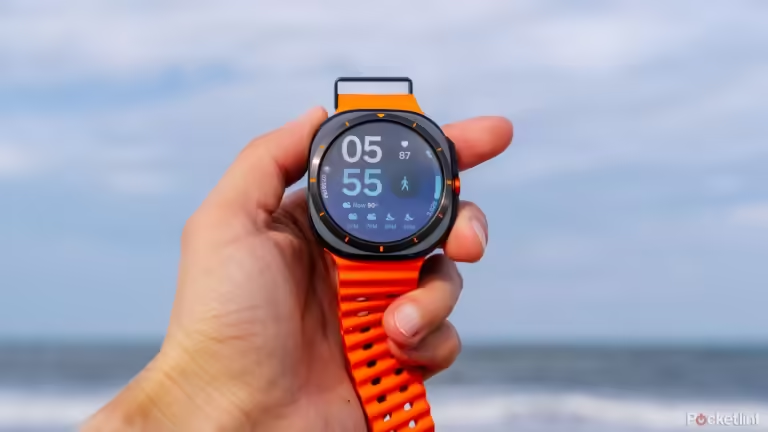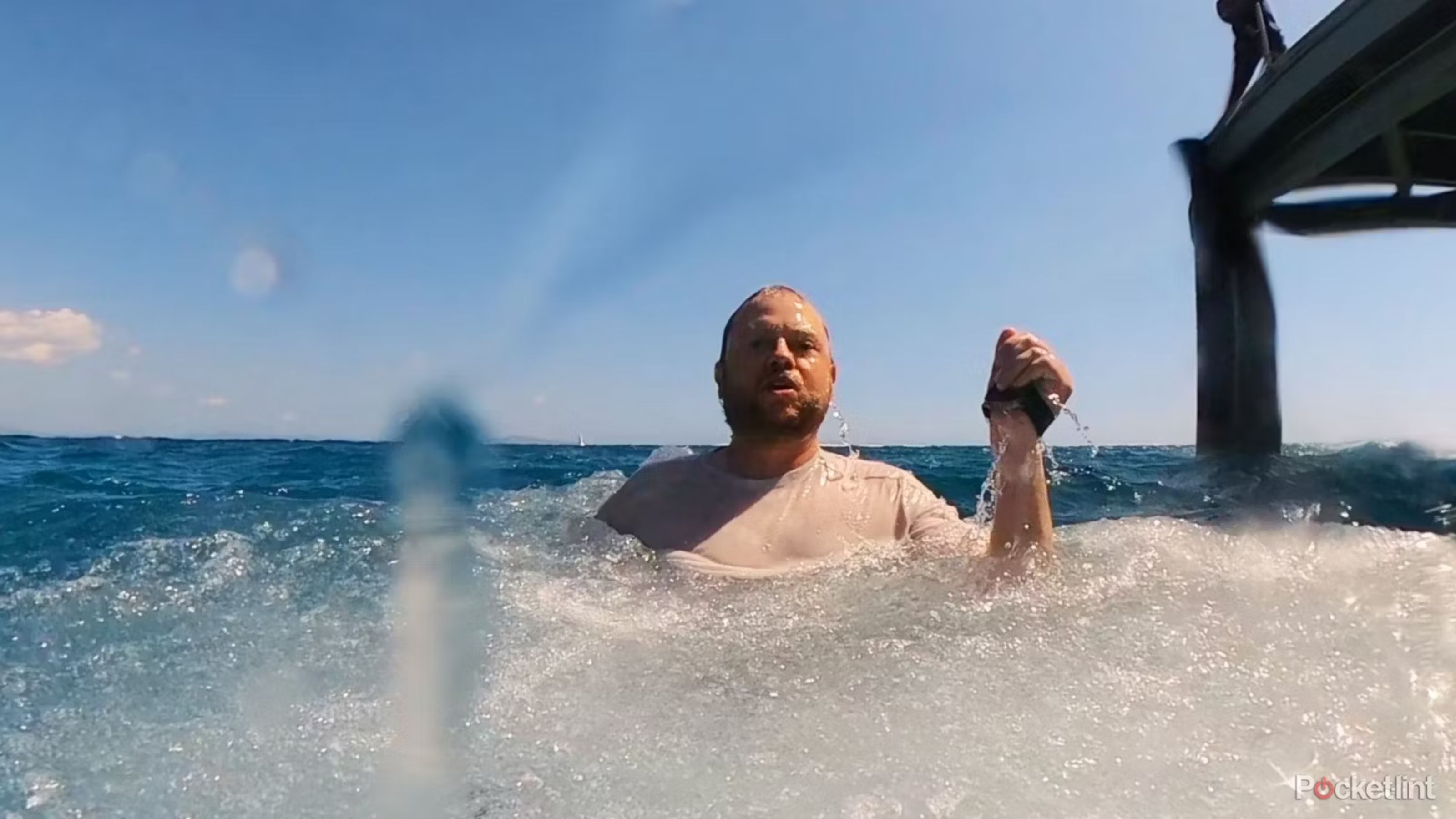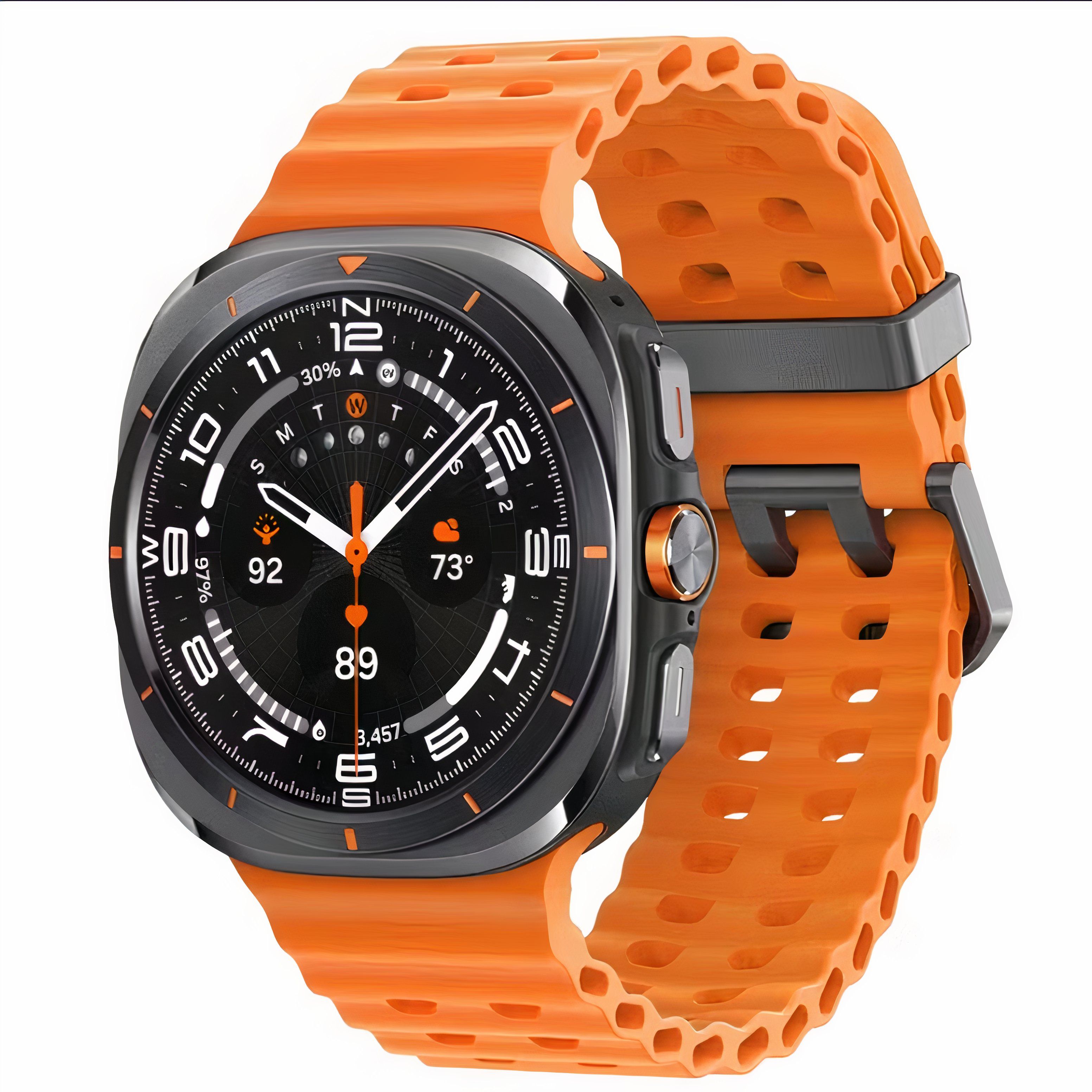Key Takeaways
- The device is dustproof and submersible up to 1 meter for 30 minutes. Protection varies and IP68 does not mean waterproof.
- For environments such as saltwater, check for specific dive ratings, such as ISO 22810 like the Apple Watch Ultra 2.
- Use a waterproof case for added protection, and always rinse and dry your device after exposure to harsh environments.
If you don’t care about the water and dust resistance of your smartphone or other mobile devices like your smartwatch, you should. This is not to say that tech companies have been negligent; quite the opposite in fact: IP68 ratings are now so commonplace that you should demand it for every flagship device.
It might be tempting to put on your IP68 device and go for a swim in the ocean, or at least dive into the waves. But before you do, there are some important limitations and definitions you should be aware of.
What does IP68 mean?
Pay attention to the numbers
IP68 is an IP (Ingress Protection) rating defined by the International Electrotechnical Commission.
- The first number is 6indicates that the device is dustproof.
- The second one is, 8indicates that the device can be submerged in water more than 3.3 feet (about 1 meter) for 30 minutes.
Some IP68 devices can be submerged to well below one meter, but this varies from product to product.
Does IP68 mean that a device is waterproof?
Unfortunately, no. Even dropping your iPhone 15 Pro Max into a shallow pond will slowly erode its waterproof seal over the course of hours or days. Most IP68 devices are also susceptible to high pressure, so you generally shouldn’t submerge them below 3.3 feet or take them into the shower. Only IP69 or 69K devices are tough enough to withstand strong water jets.
Can IP68 devices be submerged in saltwater?
No, IP68 devices cannot be submerged in saltwater
No, you can’t. At least, you shouldn’t. Seawater is corrosive and can actually speed up the erosion process we just mentioned. The effects probably won’t be immediate, but if you do accidentally drop your IP68 device in the ocean, pull it out immediately and rinse it with fresh water. Once you’ve done that, dry it with a cloth or paper towel.
Using a waterproof case may help avoid this issue.
The same can be said about alcoholic beverages and chlorinated pool water. The IP68 seal is meant to protect against threats like rain, sweat, and accidentally dropping it in the toilet. At best, it’s only a temporary defense against corrosive liquids.
What equipment can be placed in saltwater?
Submersible rated devices can be used in saltwater
For consumer devices, only submersible products should be considered suitable for intentional immersion in saltwater. For example, the Apple Watch Ultra 2 is rated to withstand depths of 100 meters (about 328 feet) per the ISO 22810 standard, and is suitable for scuba diving to a depth of 40 meters (131 feet). That said, Apple has previously said that non-Ultra watches are suitable for saltwater swimming, and Samsung’s Galaxy Watch Ultra is similarly built to withstand salt, though not submersible. Check the manufacturer’s website for more information.
You may be able to get around this issue by using a waterproof case. While they can be expensive and hard to come by, there are waterproof cases available for popular smartphone, tablet and camera models, including GoPros. Just to be sure, check to see if it’s made specifically for saltwater, and for diving if you’re interested in doing so.
A case is only waterproof if it is completely sealed, including ports, buttons, gaps and display.
Even with a case, it’s wise to rinse your device after any saltwater activities, as salt has a tendency to settle and leave a residue, so there’s no point in testing its durability if you don’t have to.






